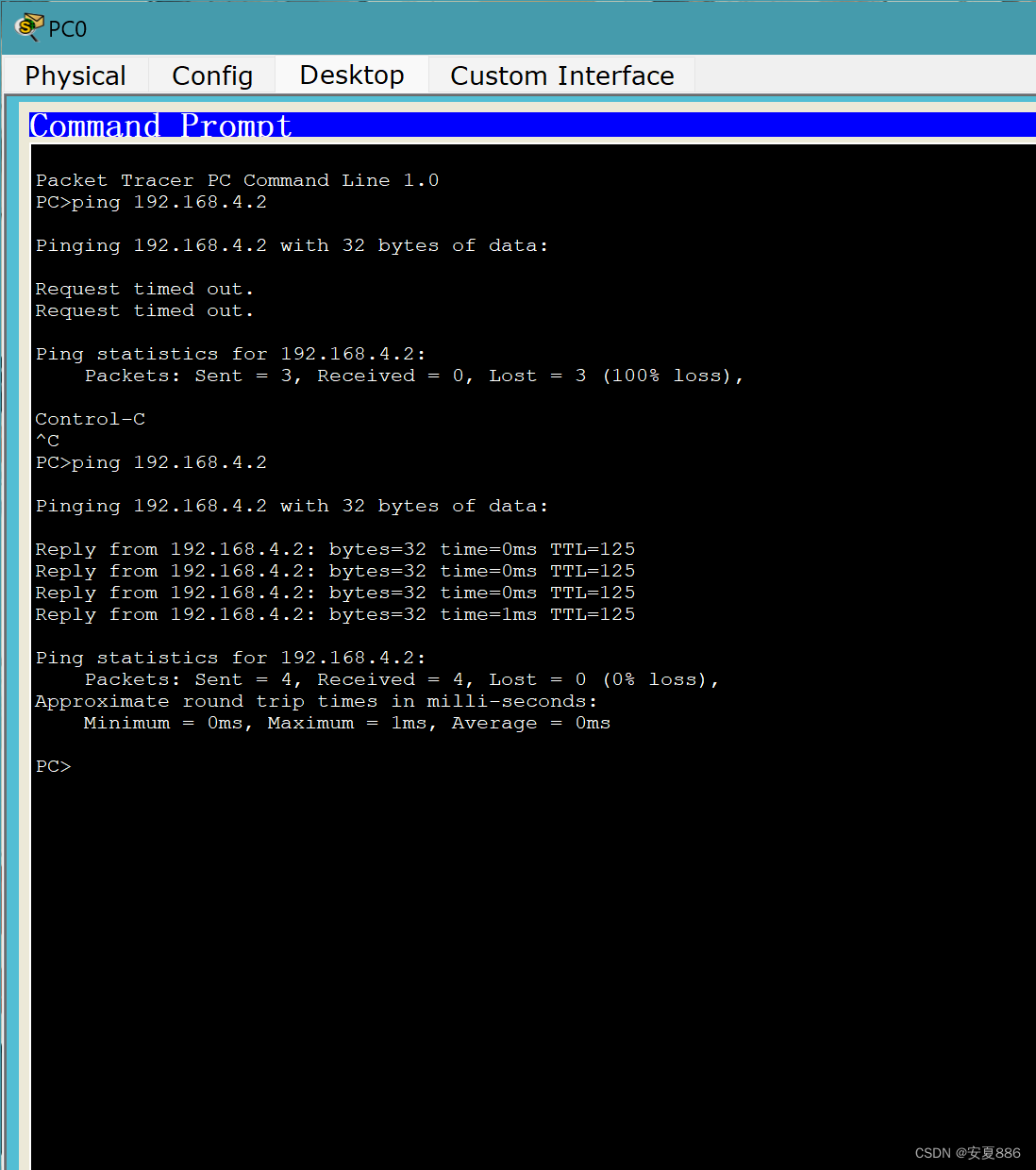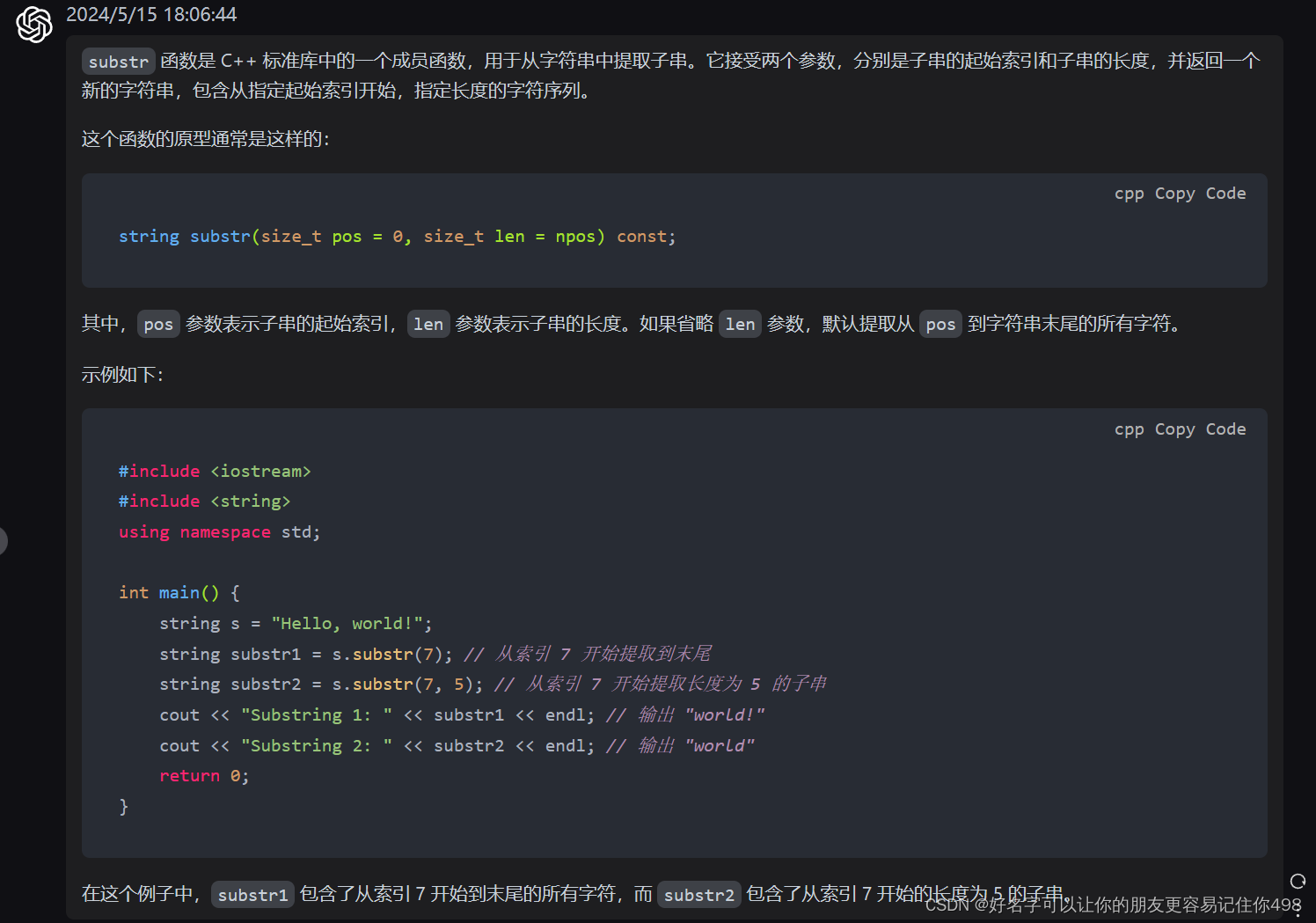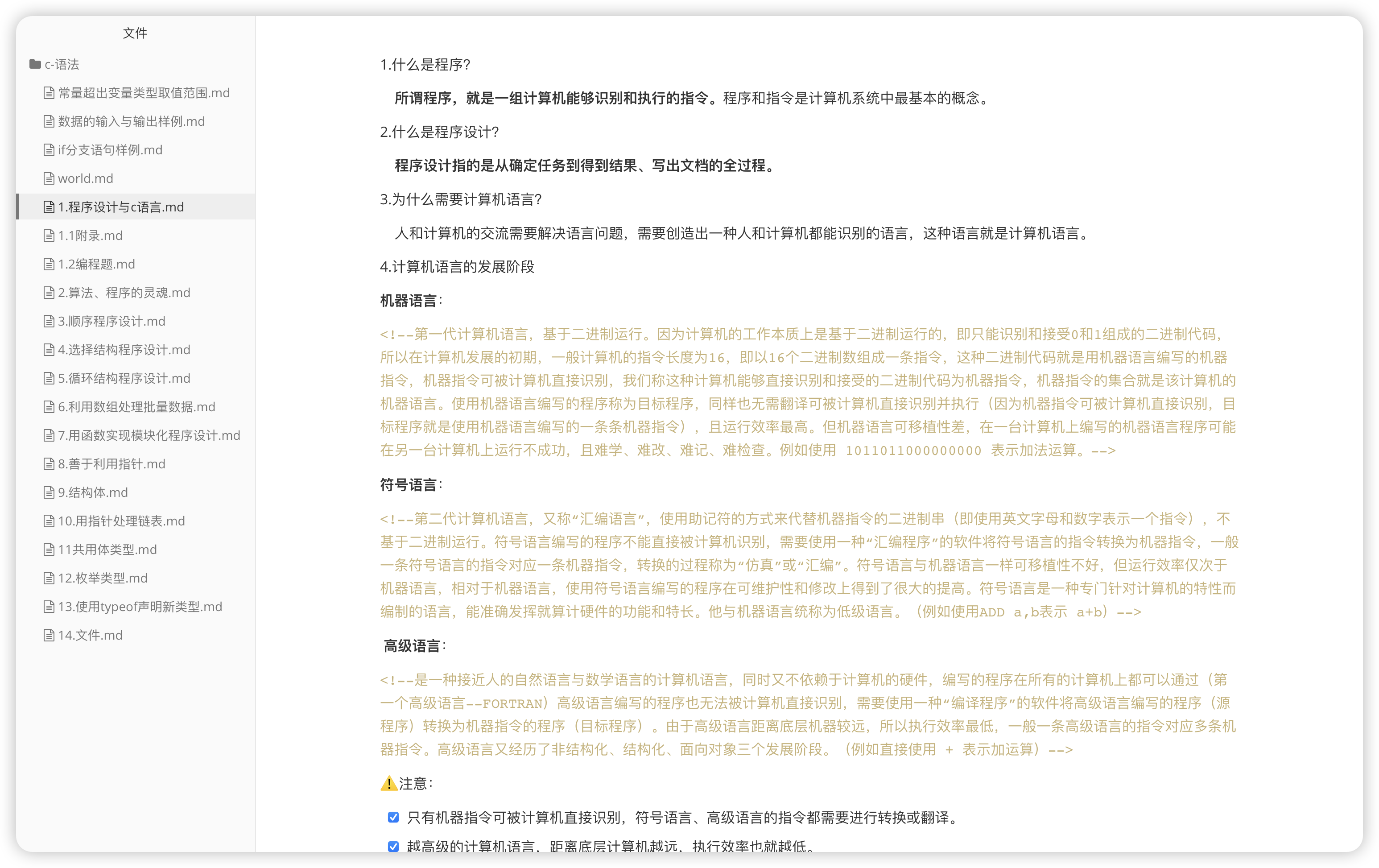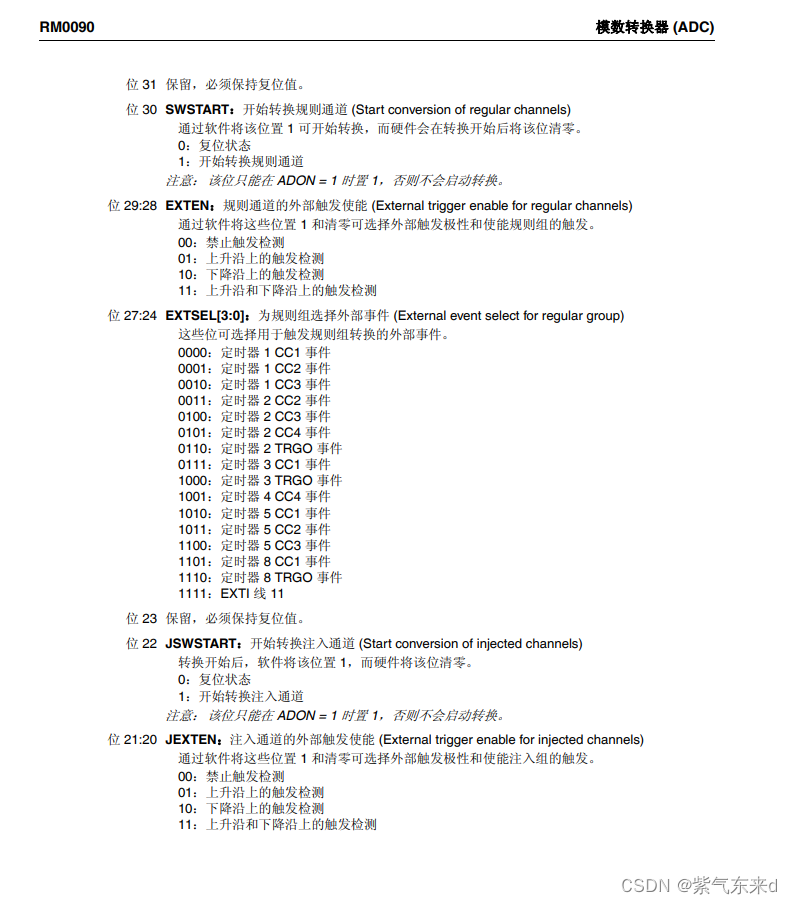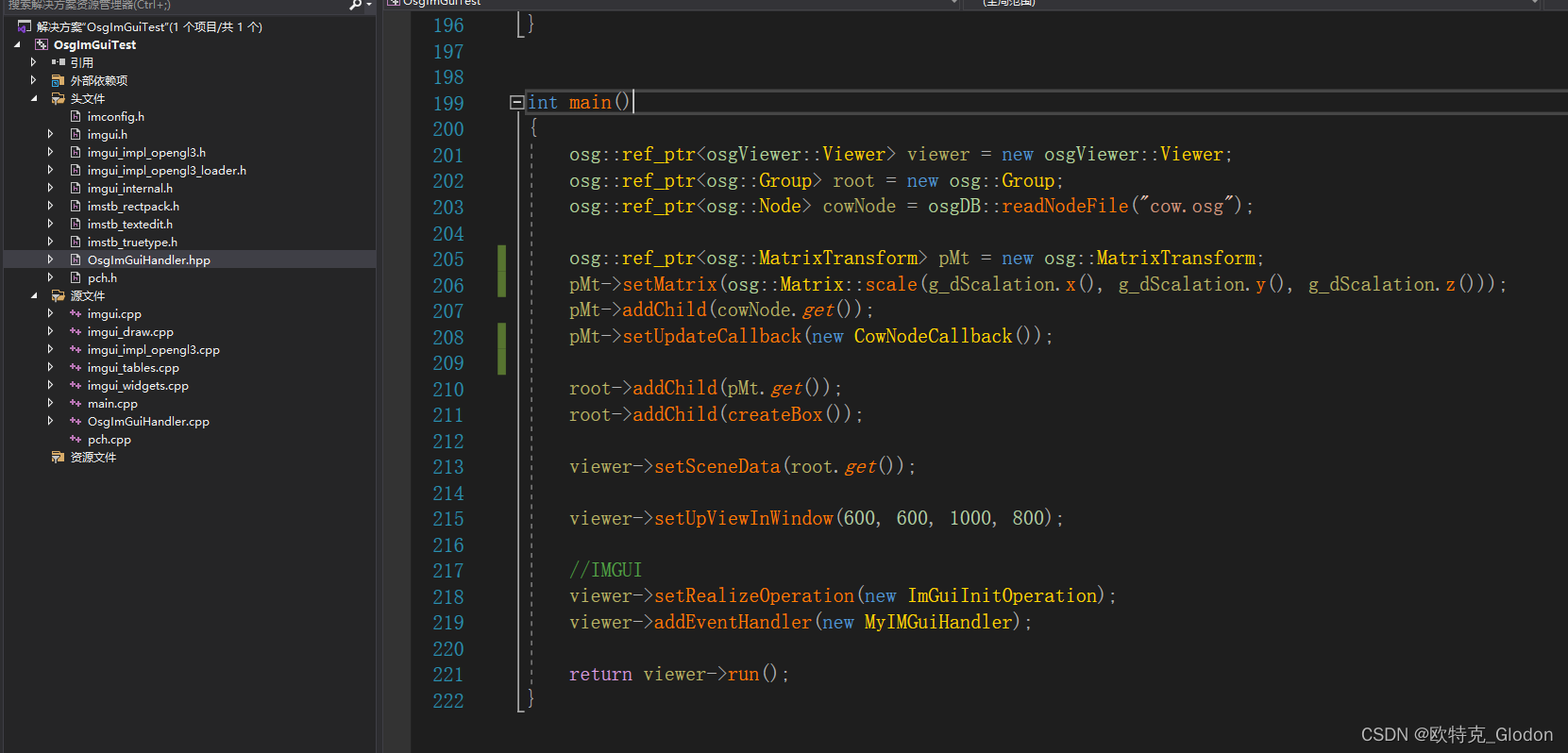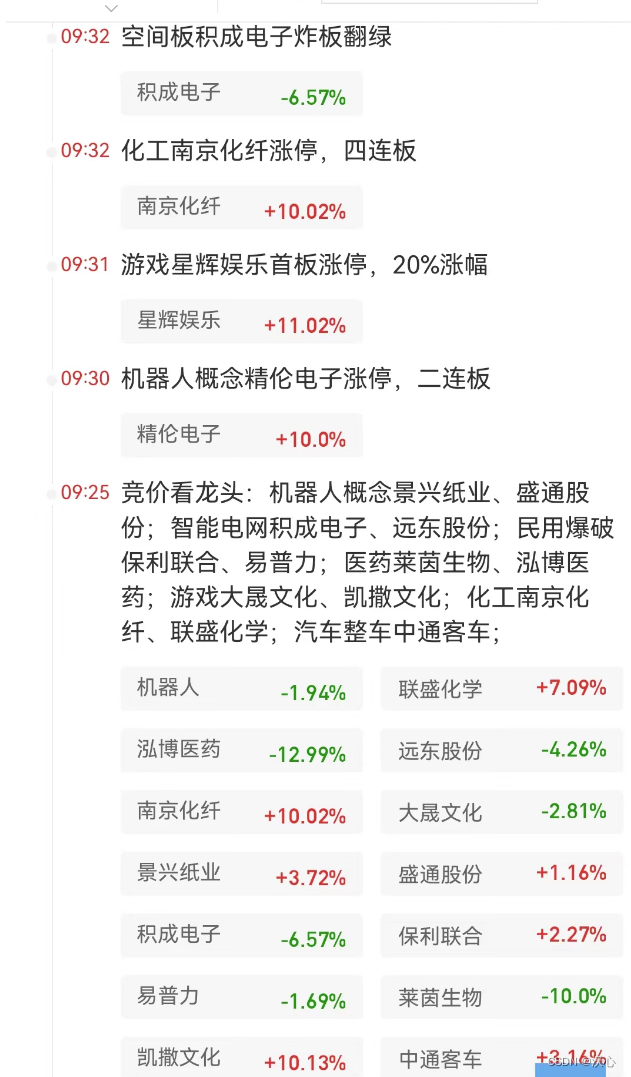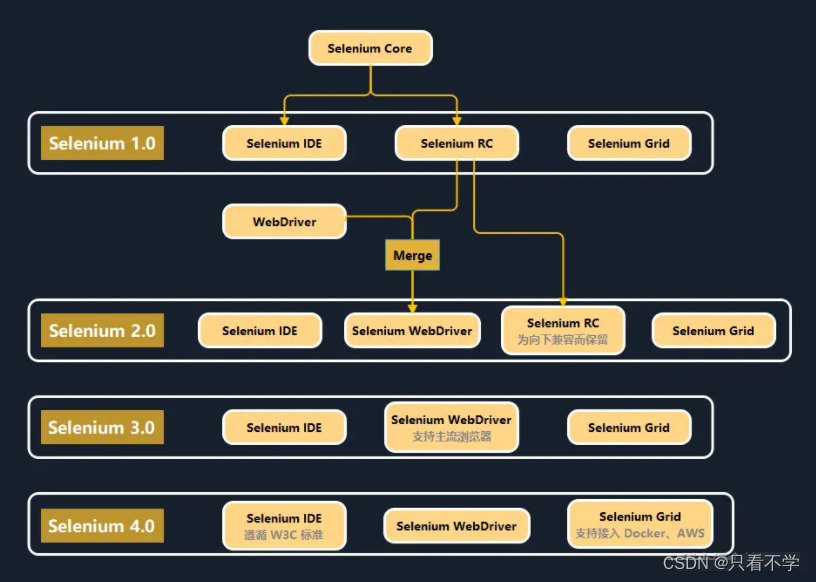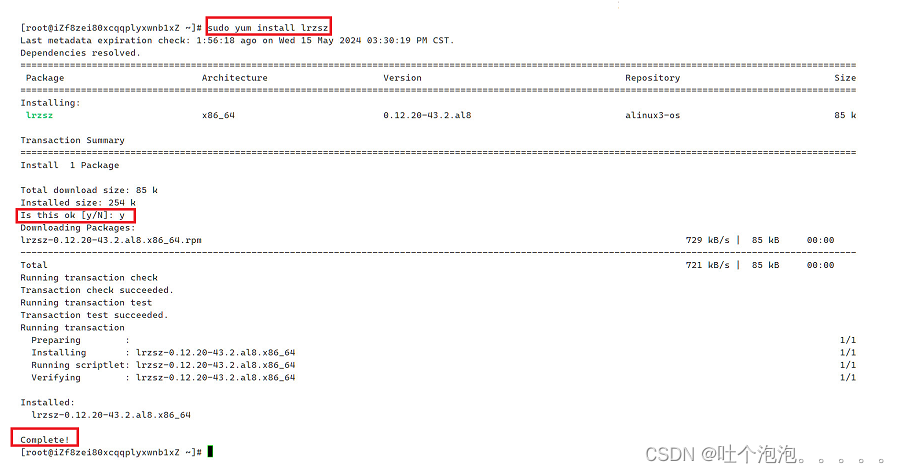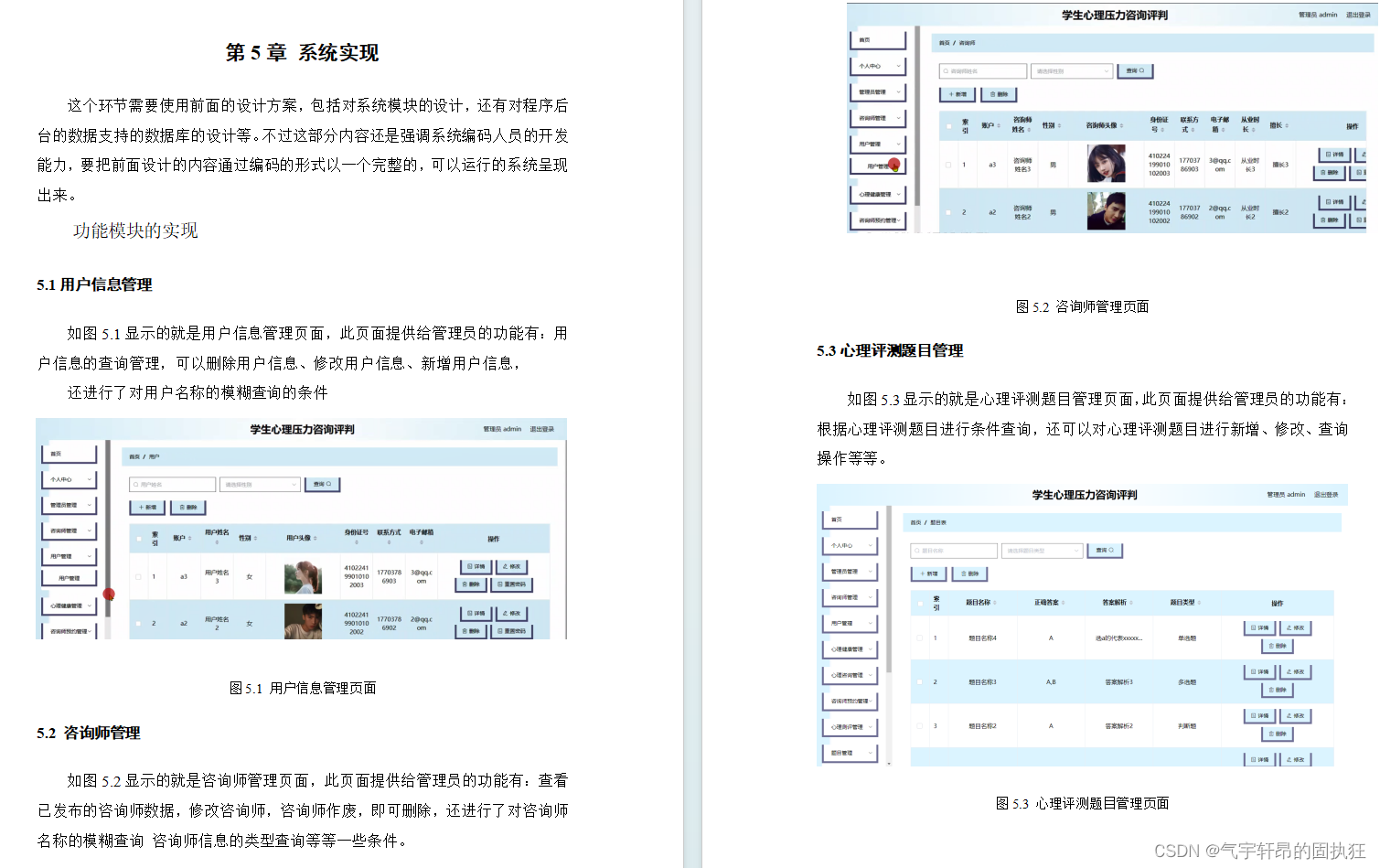# encoding: utf-8
# 版权所有 2024 ©涂聚文有限公司
# 许可信息查看:
# 描述: https://github.com/Broham/suncalcPy
# Author : geovindu,Geovin Du 涂聚文.
# IDE : PyCharm 2023.1 python 3.11
# Datetime : 2024/5/14 21:59
# User : geovindu
# Product : PyCharm
# Project : EssentialAlgorithms
# File : sunCalc.py
# explain : 学习
import math
from datetime import datetime, timedelta
import time
import calendar
class SunMoonTimeCalculator(object):
"""
日出日落,月升月落计算类
"""
def __init__(self):
"""
"""
self.PI = 3.141592653589793 # math.pi
"""
派
"""
self.sin = math.sin
"""
sin 函数
"""
self.cos = math.cos
"""
函数
"""
self.tan = math.tan
"""
函数
"""
self.asin = math.asin
"""
函数
"""
self.atan = math.atan2
"""
函数
"""
self.acos = math.acos
"""
函数
"""
self.rad = self.PI / 180.0
self.e = self.rad * 23.4397 # obliquity of the Earth
self.dayMs = 1000 * 60 * 60 * 24
self.J1970 = 2440588
self.J2000 = 2451545
self.J0 = 0.0009
self.times = [
[-0.833, 'sunrise', 'sunset'],
[-0.3, 'sunriseEnd', 'sunsetStart'],
[-6, 'dawn', 'dusk'],
[-12, 'nauticalDawn', 'nauticalDusk'],
[-18, 'nightEnd', 'night'],
[6, 'goldenHourEnd', 'goldenHour']
]
def rightAscension(self,l, b):
"""
:param l:
:param b:
:return:
"""
return self.atan(self.sin(l) * self.cos(self.e) - self.tan(b) * self.sin(self.e), self.cos(l))
def declination(self,l, b):
"""
:param l:
:param b:
:return:
"""
return self.asin(self.sin(b) * self.cos(self.e) + self.cos(b) * self.sin(self.e) * self.sin(l))
def azimuth(self,H, phi, dec):
"""
:param H:
:param phi:
:param dec:
:return:
"""
return self.atan(self.sin(H), self.cos(H) * self.sin(phi) - self.tan(dec) * self.cos(phi))
def altitude(self,H, phi, dec):
"""
:param H:
:param phi:
:param dec:
:return:
"""
return self.asin(self.sin(phi) * self.sin(dec) + self.cos(phi) * self.cos(dec) * self.cos(H))
def siderealTime(self,d, lw):
"""
:param d:
:param lw:
:return:
"""
return self.rad * (280.16 + 360.9856235 * d) - lw
def toJulian(self,date):
"""
:param date:
:return:
"""
return (time.mktime(date.timetuple()) * 1000) / self.dayMs - 0.5 + self.J1970
def fromJulian(self,j):
"""
:param j:
:return:
"""
return datetime.fromtimestamp(((j + 0.5 - self.J1970) * self.dayMs) / 1000.0)
def toDays(self,date):
"""
:param date:
:return:
"""
return self.toJulian(date) - self.J2000
def julianCycle(self,d, lw):
"""
:param d:
:param lw:
:return:
"""
return round(d - self.J0 - lw / (2 * self.PI))
def approxTransit(self,Ht, lw, n):
"""
:param Ht:
:param lw:
:param n:
:return:
"""
return self.J0 + (Ht + lw) / (2 * self.PI) + n
def solarTransitJ(self,ds, M, L):
"""
:param ds:
:param M:
:param L:
:return:
"""
return self.J2000 + ds + 0.0053 * self.sin(M) - 0.0069 * self.sin(2 * L)
def hourAngle(self,h, phi, d):
"""
:param h:
:param phi:
:param d:
:return:
"""
try:
ret = self.acos((self.sin(h) - self.sin(phi) * self.sin(d)) / (self.cos(phi) * self.cos(d)))
return ret
except ValueError as e:
print(h, phi, d, "=>", e)
def observerAngle(self,height):
"""
:param height:
:return:
"""
return -2.076 * math.sqrt(height) / 60
def solarMeanAnomaly(self,d):
"""
:param d:
:return:
"""
return self.rad * (357.5291 + 0.98560028 * d)
def eclipticLongitude(self,M):
"""
:param M:
:return:
"""
C = self.rad * (1.9148 * self.sin(M) + 0.02 * self.sin(2 * M) + 0.0003 * self.sin(3 * M)) # equation of center
P = self.rad * 102.9372 # perihelion of the Earth
return M + C + P + self.PI
def sunCoords(self,d):
"""
:param d:
:return:
"""
M = self.solarMeanAnomaly(d)
L = self.eclipticLongitude(M)
return dict(
dec=self.declination(L, 0),
ra=self.rightAscension(L, 0)
)
def getSetJ(self,h, lw, phi, dec, n, M, L):
"""
:param h:
:param lw:
:param phi:
:param dec:
:param n:
:param M:
:param L:
:return:
"""
w = self.hourAngle(h, phi, dec)
a = self.approxTransit(w, lw, n)
return self.solarTransitJ(a, M, L)
def moonCoords(self,d):
"""
geocentric ecliptic coordinates of the moon
:param d:
:return:
"""
L = self.rad * (218.316 + 13.176396 * d)
M = self.rad * (134.963 + 13.064993 * d)
F = self.rad * (93.272 + 13.229350 * d)
l = L + self.rad * 6.289 * self.sin(M)
b = self.rad * 5.128 * self.sin(F)
dt = 385001 - 20905 * self.cos(M)
return dict(
ra=self.rightAscension(l, b),
dec=self.declination(l, b),
dist=dt
)
def getMoonIllumination(self,date):
"""
Gets illumination properties of the moon for the given time.
:param date:
:return:
"""
d = self.toDays(date)
s = self.sunCoords(d)
m = self.moonCoords(d)
# distance from Earth to Sun in km
sdist = 149598000
phi = self.acos(self.sin(s["dec"]) * self.sin(m["dec"]) + self.cos(s["dec"]) * self.cos(m["dec"]) * self.cos(s["ra"] - m["ra"]))
inc = self.atan(sdist * self.sin(phi), m["dist"] - sdist * self.cos(phi))
angle = self.atan(self.cos(s["dec"]) * self.sin(s["ra"] - m["ra"]),
self.sin(s["dec"]) * self.cos(m["dec"]) - self.cos(s["dec"]) * self.sin(m["dec"]) * self.cos(s["ra"] - m["ra"]))
return dict(
fraction=(1 + self.cos(inc)) / 2,
phase=0.5 + 0.5 * inc * (-1 if angle < 0 else 1) / self.PI,
angle=angle
)
def getSunrise(self,date, lat, lng):
"""
:param lat:
:param lng:
:return:
"""
ret = self.getTimes(date, lat, lng)
return ret["sunrise"]
def getTimes(self,date, lat, lng, height=0):
"""
Gets sun rise/set properties for the given time, location and height.
:param date:
:param lat:
:param lng:
:param height:
:return:
"""
lw = self.rad * -lng
phi = self.rad * lat
dh = self.observerAngle(height)
d = self.toDays(date)
n = self.julianCycle(d, lw)
ds = self.approxTransit(0, lw, n)
M = self.solarMeanAnomaly(ds)
L = self.eclipticLongitude(M)
dec = self.declination(L, 0)
Jnoon = self.solarTransitJ(ds, M, L)
result = dict(
solarNoon=self.fromJulian(Jnoon).strftime('%Y-%m-%d %H:%M:%S'),
nadir=self.fromJulian(Jnoon - 0.5).strftime('%Y-%m-%d %H:%M:%S')
)
for i in range(0, len(self.times)):
time = self.times[i]
h0 = (time[0] + dh) * self.rad
Jset = self.getSetJ(h0, lw, phi, dec, n, M, L)
Jrise = Jnoon - (Jset - Jnoon)
result[time[1]] = self.fromJulian(Jrise).strftime('%Y-%m-%d %H:%M:%S')
result[time[2]] = self.fromJulian(Jset).strftime('%Y-%m-%d %H:%M:%S')
return result
def hoursLater(self,date, h):
"""
:param date:
:param h:
:return:
"""
return date + timedelta(hours=h)
def getMoonTimes(self,date, lat, lng):
"""
:param date:
:param lat:
:param lng:
:return:
"""
"""Gets moon rise/set properties for the given time and location."""
t = date.replace(hour=0, minute=0, second=0)
hc = 0.133 * self.rad
h0 = self.getMoonPosition(t, lat, lng)["altitude"] - hc
rise = 0
sett = 0
# go in 2-hour chunks, each time seeing if a 3-point quadratic curve crosses zero (which means rise or set)
for i in range(1, 25, 2):
h1 = self.getMoonPosition(self.hoursLater(t, i), lat, lng)["altitude"] - hc
h2 = self.getMoonPosition(self.hoursLater(t, i + 1), lat, lng)["altitude"] - hc
a = (h0 + h2) / 2 - h1
b = (h2 - h0) / 2
xe = -b / (2 * a)
ye = (a * xe + b) * xe + h1
d = b * b - 4 * a * h1
roots = 0
if d >= 0:
dx = math.sqrt(d) / (abs(a) * 2)
x1 = xe - dx
x2 = xe + dx
if abs(x1) <= 1:
roots += 1
if abs(x2) <= 1:
roots += 1
if x1 < -1:
x1 = x2
if roots == 1:
if h0 < 0:
rise = i + x1
else:
sett = i + x1
elif roots == 2:
rise = i + (x2 if ye < 0 else x1)
sett = i + (x1 if ye < 0 else x2)
if (rise and sett):
break
h0 = h2
result = dict()
if (rise):
result["rise"] = self.hoursLater(t, rise)
if (sett):
result["set"] = self.hoursLater(t, sett)
if (not rise and not sett):
value = 'alwaysUp' if ye > 0 else 'alwaysDown'
result[value] = True
return result
def getMoonPosition(self,date, lat, lng):
"""
Gets positional attributes of the moon for the given time and location.
:param date:
:param lat:
:param lng:
:return:
"""
lw = self.rad * -lng
phi = self.rad * lat
d = self.toDays(date)
c = self.moonCoords(d)
H = self.siderealTime(d, lw) - c["ra"]
h = self.altitude(H, phi, c["dec"])
# altitude correction for refraction
h = h + self.rad * 0.017 / self.tan(h + self.rad * 10.26 / (h + self.rad * 5.10))
pa = self.atan(self.sin(H), self.tan(phi) * self.cos(c["dec"]) - self.sin(c["dec"]) * self.cos(H))
return dict(
azimuth=self.azimuth(H, phi, c["dec"]),
altitude=h,
distance=c["dist"],
parallacticAngle=pa
)
def getPosition(self,date, lat, lng):
"""
Returns positional attributes of the sun for the given time and location.
:param date:
:param lat:
:param lng:
:return:
"""
lw = self.rad * -lng
phi = self.rad * lat
d = self.toDays(date)
c = self.sunCoords(d)
H = self.siderealTime(d, lw) - c["ra"]
# print("d", d, "c",c,"H",H,"phi", phi)
return dict(
azimuth=self.azimuth(H, phi, c["dec"]),
altitude=self.altitude(H, phi, c["dec"])
)调用:
#日出日落 深圳
sun=Common.sunCalc.SunMoonTimeCalculator()
lat= 22.5445741
lng= 114.0545429
print(sun.getTimes(datetime.now(), lat, lng))
print(sun.getMoonIllumination(datetime.now()))
#月升月落
print(sun.getMoonTimes(datetime.now(), lat, lng))输出:



